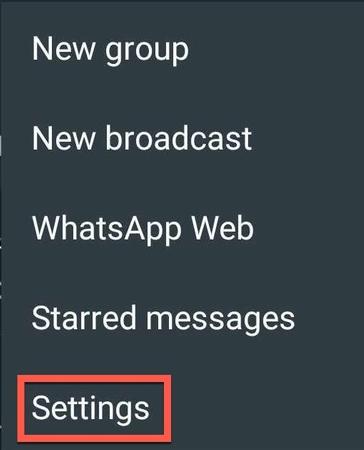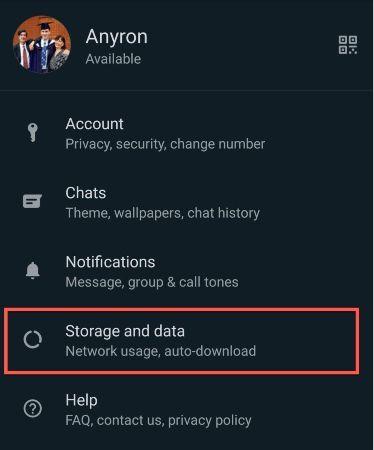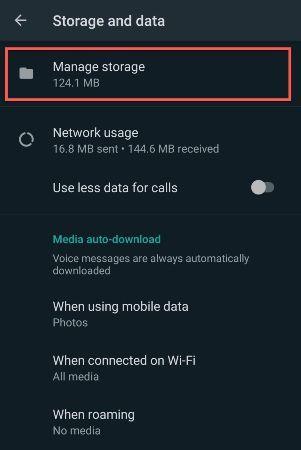When it comes to messaging apps, WhatsApp is undoubtedly still top dog.
As of 2020, the service had over two billion users, and that’s only likely to have grown since. It’s only real competition in terms of popularity is Messenger, another Meta-owned platform.
However, WhatsApp’s key advantage is end-to-end encryption. This keeps every message secure, with only the sender and receivers able to decipher it. That now extends to the web, where WhatsApp can now be used without relying on your phone.
While the app itself isn’t a huge size, all the messages sent and received can soon add up – especially if you’re in lots of group chats. A few years ago, it was difficult to do anything about it, unless you were happy to delete message history. But in late 2020, WhatsApp introduced a tool that allows you to manage storage more effectively. Here’s how to use it.
How to manage WhatsApp storage
- Make sure WhatsApp is updated to the latest version on iOS or Android and then open it
- If you see a message saying ‘Storage almost full’ at the top of your screen, tap it. Otherwise, go tap the three dots in the top-right corner and choose ‘Settings’

Anyron Copeman / Foundry
- Tap ‘Storage and Data’

Anyron Copeman / Foundry
- Tap ‘Manage storage’

Anyron Copeman / Foundry
- You should now see an overview of how much data you’re using, as well as the chats which are taking up the most space. Tap on any chat to see the biggest files
- From there, tap each file you’d like to delete or choose the select all button
- Tap the bin icon to remove them from your device
If you use WhatsApp extensively, you may also see categories such as ‘forwarded many times’ or ‘larger than 5MB’. There’s currently no way to manage this from the desktop app, although that may be added at a later date.
Check out the official video below for a quick demo:
We have plenty more WhatsApp-related tutorials on the site. Here’s how to group video call, set disappearing messages or get dark mode. You can also now move WhatsApp chats from Android to iPhone, but the opposite direction is still limited to Samsung and Google phones.


